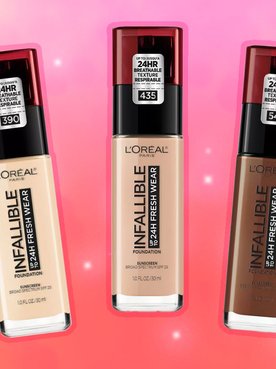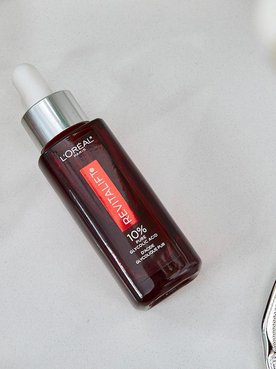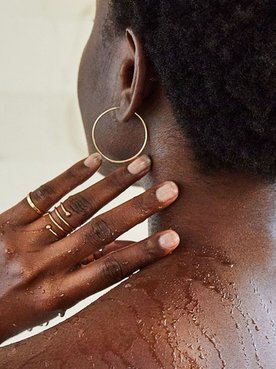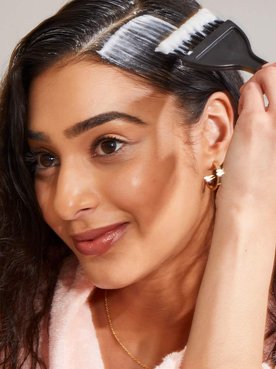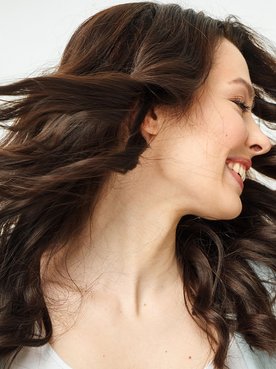Chances are you never thought you’d use high school science lessons in real life. Believe it or not, the topic of pH is actually relevant in your day-to-day life. Why? The 14 point scale (which determines whether something is acidic or basic) is useful in determining the health of your hair and your skin. Keep reading to learn more about the natural pH of hair and how to restore your hair’s pH balance when it’s thrown off with the help of L’Oréal Paris Creative Director of Style & Color Jonathan Colombini.
Why Does the pH of Your Hair Matter?
In order to understand how the pH scale affects your hair, let’s get back to the basics — pun intended. It’s likely that you learned in high school that the pH scale runs from zero to 14; zero through six is acidic, seven is neutral, and eight to 14 is alkaline (or basic). According to a 2014 study performed by the International Journal of Trichology, the natural pH of hair is on the acidic side of the spectrum, typically somewhere around 3.67.
According to Colombini, hair that falls on the higher, more basic side of the scale (anything higher than seven) tends to look lackluster, dull and dry. Hair on the lower, more acidic end of the spectrum (anything lower than seven) is usually shiny, soft and visibly healthy.
What Disrupts the pH of Your Hair?
If you suspect the pH of your hair is on the more basic end of the spectrum, you might be wondering what caused the disruption. Sadly, everyday hair processes are to thank for the disruption of your hair’s delicate pH balance. According to Colombini, chemical processes like coloring, bleaching and shampooing with formulas that have alkaline properties can alter your hair’s pH, leading to visible signs of damage like breakage and frizz.
How to Balance Out the pH of Your Hair
If you think your hair might be on the more basic side, find Colombini’s expert tips to help balance out your hair and bring it’s pH back to an acidic level.
Tip 1. Use a pH Balancing Product After A Color Treatment
Because the hair’s natural pH can be altered after coloring and chemical processing, Colombini suggests using a pH balancing product, like the L’Oréal Paris EverPure Sulfate-Free Glossing In-Shower Acidic Glaze, after the treatment to balance the pH level of your hair.
When used in the shower, the argan oil-infused hair treatment helps to seal the hair cuticle and balance the hair’s natural pH, leaving color-treated hair shiny, glossy and healthy-looking.
Tip 2. Consistently Use a pH Balancing Shampoo And Conditioner
According to Colombini, the L’Oréal Paris EverPure Sulfate-Free Glossing pH Balanced Shampoo and L’Oréal Paris EverPure Sulfate-Free Glossing pH Balanced Conditioner, can restore even more pH balance when paired with the Acidic Glaze. The formulas contain acidic pH technology that nourishes and repairs each strand. Plus, they’ve been validated by hair colorists to be safe for use on color-treated hair.
Tip 3. Protect Your Hair
Take your hair care routine a step further and spritz the L’Oréal Paris EverPure Sulfate-Free 21-in-1 Color Caring Spray, Leave In onto your freshly-dyed strands after your first post-salon wash. The multi-benefit leave-in treatment preserves color vibrancy, detangles and refreshes hair while serving as a heat protectant to prevent additional damage.
Next: How to Make Your Blowout Last Overnight, According to an Expert
Written By: Caitlyn Martyn, Photo: Chaunte Vaughn

